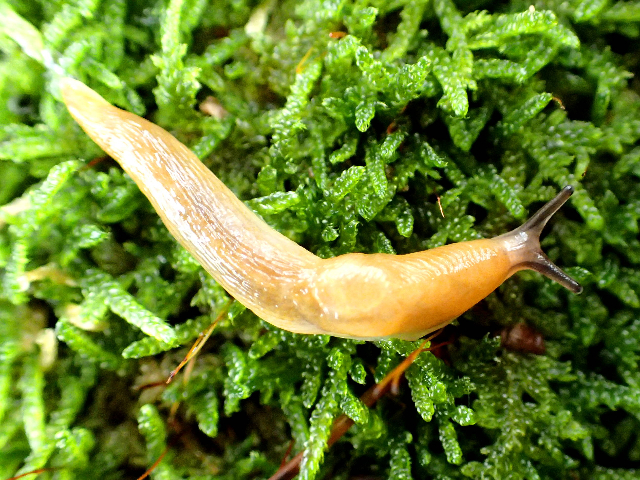The cold season means that many vertebrates, invertebrates and plants are in hibernation or some other form of dormancy; so it is usually a quieter time for professional ecologists. However, not everything stops for winter. We can still conduct a range of ecological surveys for a variety of purposes.
Badger surveys - Winter is an ideal time for badger survey. Ground vegetation is lower, with dead thatch flattened down, and signs of badger presence - such as runs, hairs, snuffle holes and dung pits - are easier to spot. Setts are also easier to spot from a distance when there are no leaves on trees, and ground cover is reduced.
Barn owl surveys - During winter, barn owls leave their breeding territories, and use winter roosts. Surveys for active roost sites can be carried out by searching likely locations such as barns and beneath tree-holes for droppings, regurgitated pellets, and feathers. Dusk survey for hunting owls can also produce results.
BS 5837 tree surveys - Although tree identification is easier when in leaf, we offer this service at any time of year. BS 5837:2012 is the British Standard methodology for incorporating trees into development planning. It involves measuring root protection areas, producing a Tree Protection Plan, and Arboricultural Method Statement for work near trees.
Great crested newt HSI - Habitat Suitability Index assessments for newt ponds can be carried out during the winter, with the proviso that aquatic vegetation and water levels are liable to change during spring/summer. Low HSI scores can help rule out the need for GCN surveys, so time can be saved by carrying them out earlier. [Pond photo: Chris Gleed-Owen]
Hedgerow surveys - We now offer hedgerow surveys, including Hedgerow Regulations assessments. With our winter tree ID expertise, we are able to do this at any time of year. Hedgerow value depends on the range of tree/shrub species present, and factors such as protected species, rare plants and connectivity to other landscape features. Local authorities are obliged to consider important hedgerows in development planning.
Mollusc and invertebrate surveys - Most slugs and snails are cryptic and hard to find at any time of year, so the winter is no exception. We also survey a range of other invertebrates, including invasive non-natives. Our expertise in finding them in the field, or sampling substrates and identifying them from sieved residues, makes us one of the few consultancies in the British Isles that offer these specialist services. Some of our smallest snails (e.g. Vertigo) are the rarest, so it is important to monitor their conservation status. [Lemon slug photo: Chris Cathrine]
Phase 1 habitat surveys - The standard JNCC technique of Phase 1 habitat survey is ideally carried out when plants are flowering, and trees are in leaf; but most habitats are identifiable during the winter. Extended Phase 1 survey, i.e. a preliminary assessment of all the wildlife present on a site, can also be carried out in winter, with a caveat that many species will not be detectable directly. Also, the desktop elements of preliminary appraisal can be undertaken at any time of year.


